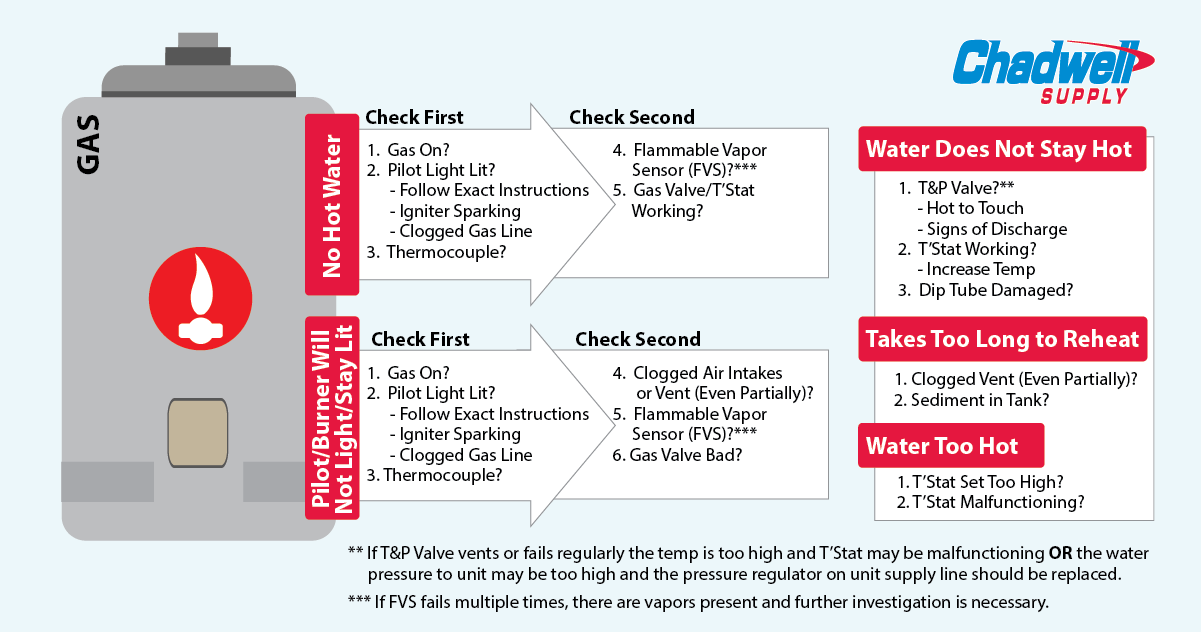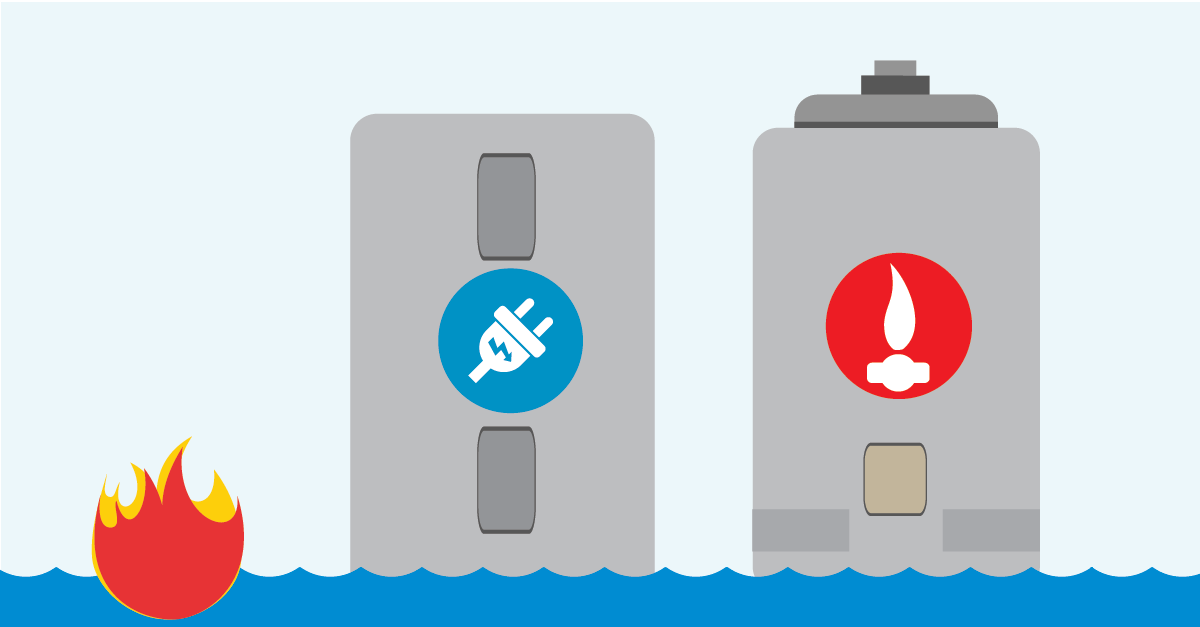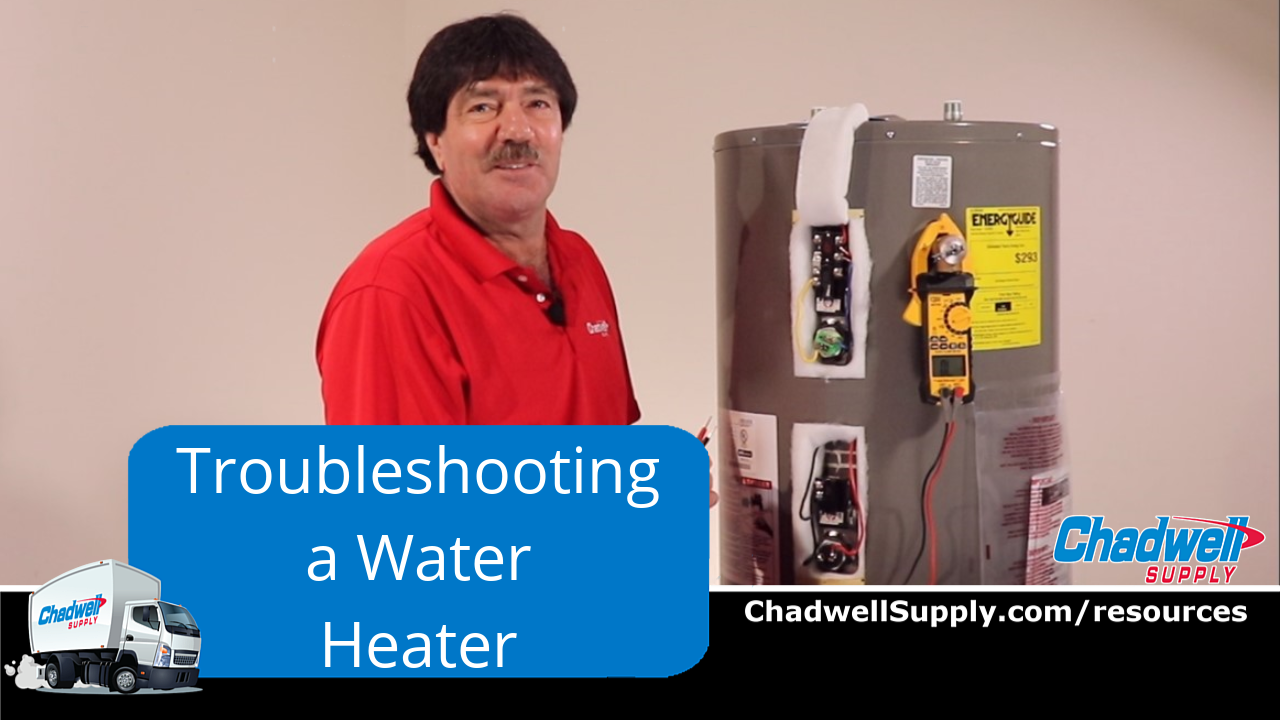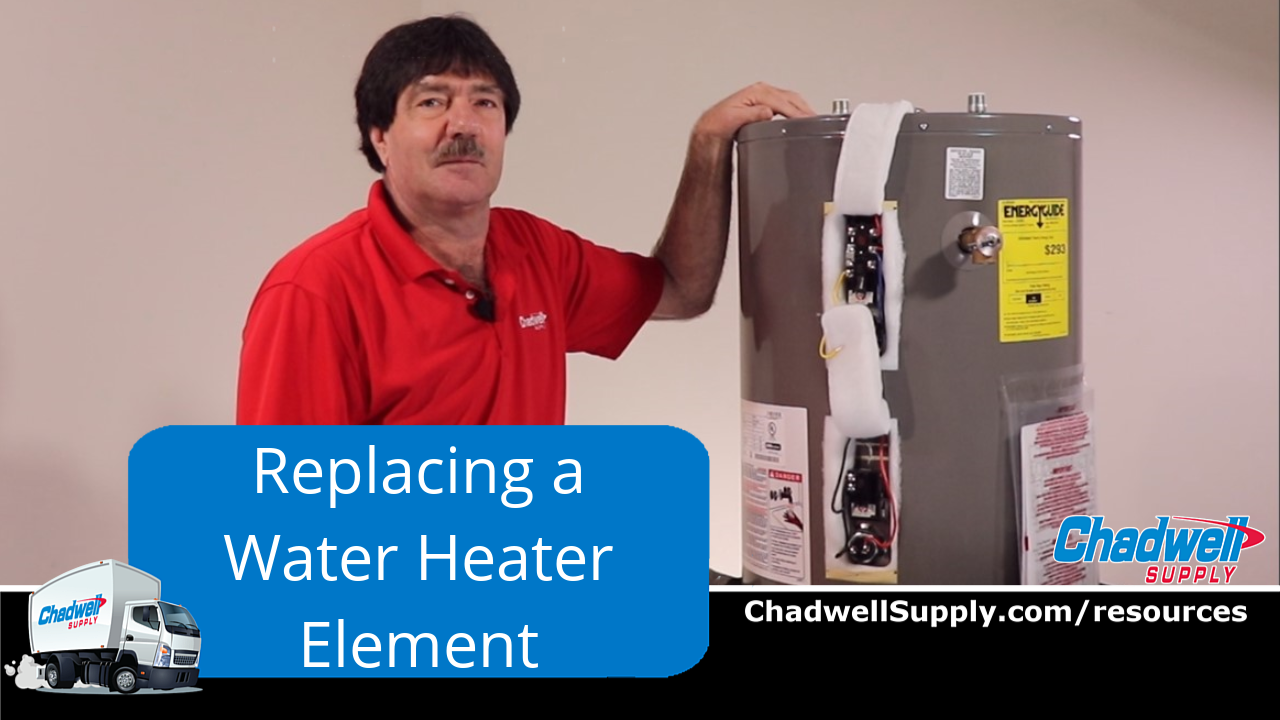Water Heater Troubleshooting
Use This Cheat Sheet to Help Make Water Heater Repairs Easier.
Electric Water Heaters
Water heaters are fairly simple machines. Cold water comes in, gets heated and then is pumped out when there is a demand for hot water. There are only a handful parts to both electric and gas water heaters and they are usually easy to repair when they break.
The workflows below walk through some of the most common problems and identify the easy things to fix and those that need a little more muscle. Download the one page Water Heater Troubleshooting Cheat Sheet for quick reference.
Troubleshooting electric water heaters involves checking wiring that has a significant amount of current. Electricity can be lethal, so BE CAREFUL. Take the right precautions, including turning off the power, before opening the access panels to determine what needs to be fixed. Maintenance techs also need to understand how to use a multimeter tester to be able to properly troubleshoot the heater.

No Hot Water
If there is no hot water, first check the breaker. Is it tripped? If it is, turn it back on.
If not, check to make sure the water heater is getting power, are the connections tight, is there something wrong with the disconnect switch?
The next easy thing would be the reset button on the thermostat, listen for the click to see if that was the culprit.
Unfortunately, when the water heater is making either of these things trip, there is usually another problem (such as a bad element, broken thermostat or reset switch).
If the power to the water heater does not appear to be the issue, then the next likely problem would be with the thermostat, limit switch or element. With a little know-how, performing some diagnostic tests with a multimeter will help locate the problem.
Water Does Not Stay Hot
If the water is getting heated but not staying hot, you know there is power getting to the water heater; however something is not working right once the power gets there.
An easy check that doesn’t require the water heater to be opened is to touch the T&P valve; see if it is hot or look for any signs that it was recently discharged. There could be sediment in the valve causing it to stay open and drain. If everything appears ok with the T&P valve, there is likely a problem with the thermostat or lower heating element.
Run diagnostic tests to check the thermostat and element to determine if there is an issue. If none of these tests uncover a problem it may be sediment in the bottom of the tank building up and it cannot properly heat. Drain and flush the tank.
If there is still an issue, a broken dip tube could be the problem. There is no diagnostic test for a broken dip tube other than draining down the water heater, disconnecting the cold water supply and removing it to see if the dip tube is broken.
Gas Water Heaters
There is no risk of electrocution but gas water heaters are not without danger. Leaking natural gas and propane can be very hazardous too. If for some reason, gas escapes without being ignited, there can be an explosive situation. Take every precaution to make sure the gas is shut off and only turned back on when the pilot is lit.

No Hot Water
Check the gas. Is it on?
Next, check the pilot light. When the pilot is not on, the thermocouple provides a safety feature that will not allow any gas to be delivered. Follow your water heaters exact instructions to try to re-light the pilot light. This may involve checking the igniter to make sure it is sparking (if the water heater is equipped with an electric igniter) or relighting the pilot with a manual lighter.
If these don’t seem to be the problem its time to check for a clogged gas line and the thermocouple. Remember to turn off the gas line before disassembling the water heater.
When the thermocouple goes bad it will not send a signal to the gas valve to open the burner gas line. Because the gas valve thinks that the pilot light is off, it will automatically shut down the gas. The burner will not light and the pilot light will go out. Replacing the thermocouple should fix the problem.
If the pilot light, igniter, and thermocouple are all working and there is still no hot water, there could be a problem with the Flammable Vapor Sensor (FVS) locking the water heater out. More investigation is needed prior to just replacing the FVS to make sure there are no venting issues or other fumes in the area. The gas valve/thermostat could also be bad.
Burner/Pilot Will Not Light/Stay Lit
First make sure the gas is on, then follow the correct procedure to light the pilot. This includes following the sequence that is indicated and waiting the prescribed amount of time before attempting to light the pilot. This will allow gas to go to the pilot light and, if the igniter is working correctly, the pilot should light.
If the pilot will light but not stay lit, the thermocouple is the likely problem and should be replaced. Remember to shut off the gas before going any further.
A clogged or partially clogged vent can also interfere with the pilot light. Keep air intakes and vents clear, so that the burner can receive enough air and have a clear method for fumes to exit the vent pipe.
Another less likely problem could be the gas valve. A bad gas valve will not allow any gas to go to the burner or pilot light. If the pilot light lights and then shuts off, it is not the gas valve.
Leaking Water Heater (Electric and Gas)
A leaking water heater may or may not be a big problem. When gallons of hot water are under pressure, a leak can lead to serious damage. There is good news—not all leaks mean the water heater is about to go. Water on the floor or in the area surrounding the tank doesn’t necessarily mean the tank itself is leaking, it could be the drain valve, temperature and pressure relief valve, the water lines that run in and out of the tank, and even condensation. These problems are usually easily fixed.
However, if you see visible rust on the tank or water leaking from a pinhole in the tank body, the water heater will need to be replaced as soon as possible, there is no repair for this.
For more detailed instructions for troubleshooting and repairing both electric and gas water heaters, check out Home Repair Central. This site is written for homeowners, but the topics and information are helpful for multi-family maintenance too. (Note: clicking this link means you are about to leave chadwellsupply.com and go to a site that Chadwell Supply doesn’t control. Different privacy and security practices may apply.)






